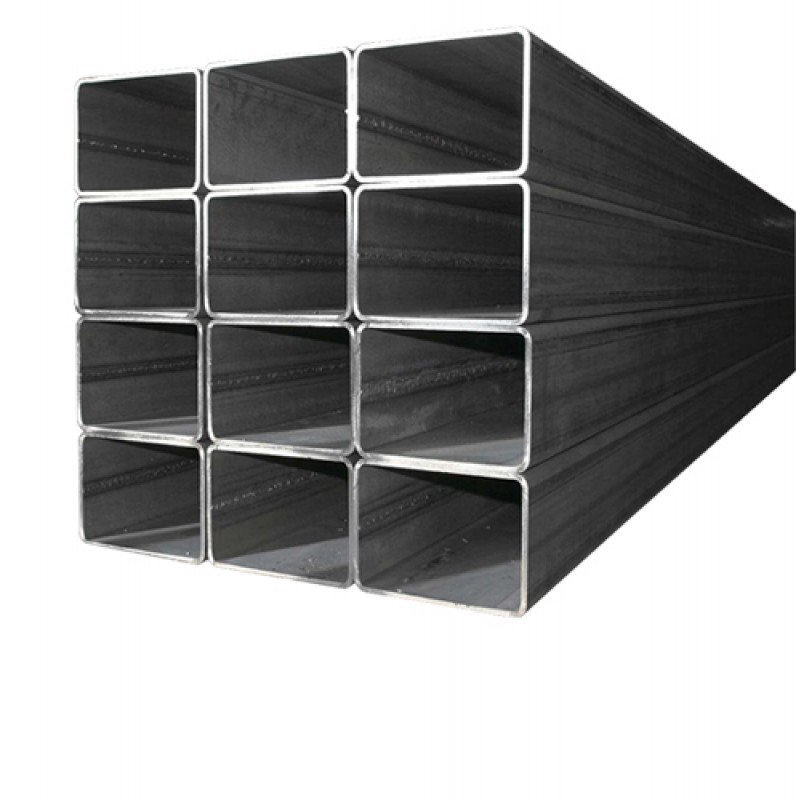Hollow Section
Hollow Section Bolts for Hollow Sections
Advantages of using hollow section. (RHS, SHS, HSS)
It isn’t hard to see why hollow sections are utilised so widely throughout the building industry. Designers appreciate the aesthetic appeal of hollow sections, while the fact that they are lightweight cuts building times and simultaneously lowers costs. The uniform geometry of a hollow section can be created as a square, rectangle or circle, and all shapes offer impressive torsional stiffness and equal strength across all axes. These are the factors which help to make hollow sections the ideal solution for supporting cladding and infill panels, thanks to their ability to cope with twisting forces and uneven, shifting loads.
The significant downside of using hollow sections is that a lack of access to the inside face of a section makes using traditional bolts very difficult or even impossible. Traditionally, the preferred option was welding, but this fails to guarantee consistent standards across all joins, and is often impractical to apply. Blind Bolts, on the other hand, make it possible to join hollow sections simply and consistently. The holes needed for the bolts are the standard size, and no specialist equipment is called for. When a hollow section would otherwise be difficult to access, Blind Bolts represent the ideal solution.
Thin wall bolts and heavy duty bolts make it simple to use hollow sections, which are frequently the best choice for a project. The joints created will be built to last, and the application of Blind Bolts will save time and money.
Have A Question? Get in Touch:



